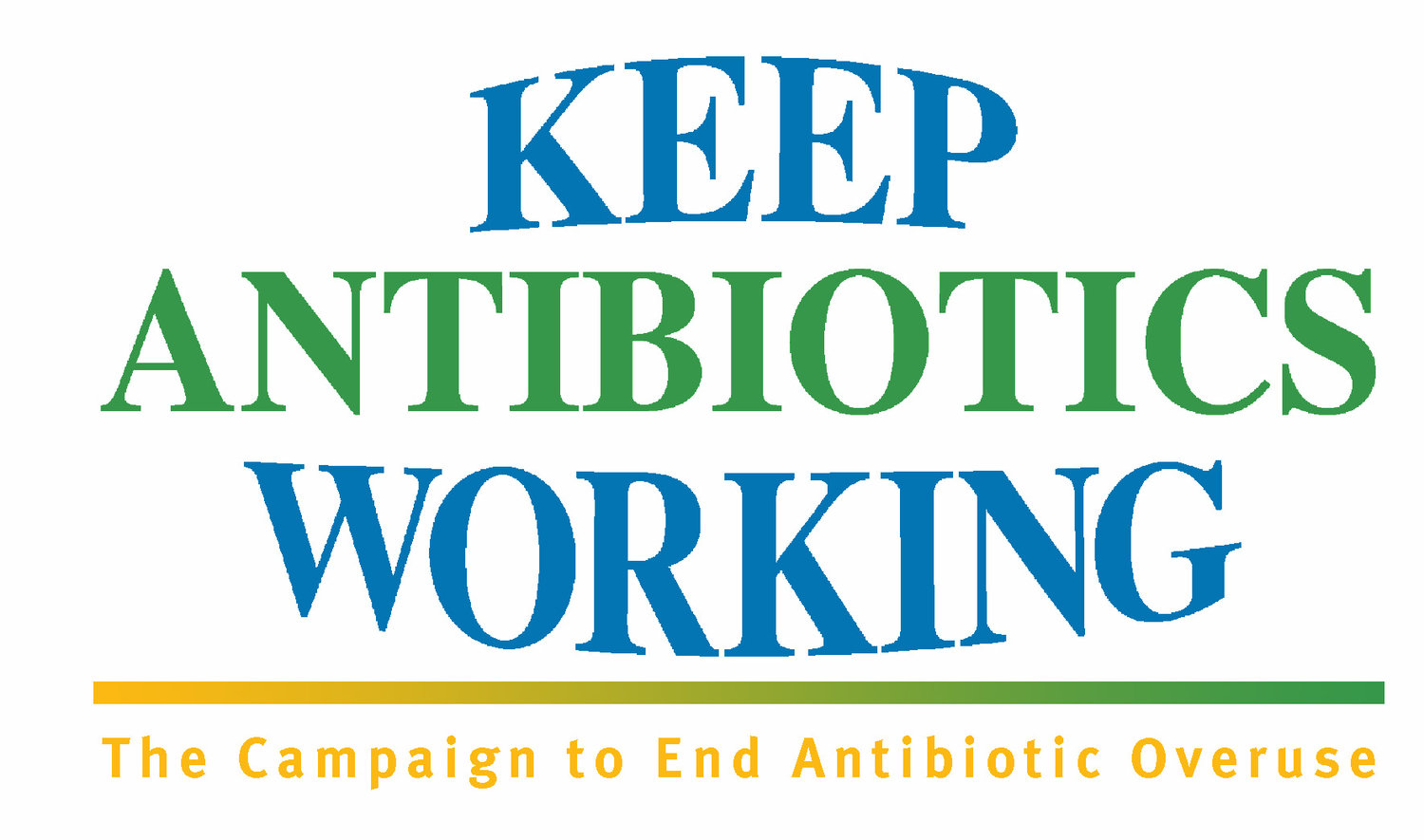U.S. Advisory Council on Antibiotic Resistance Puts the Onus on Veterinarians
U.S. Advisory Council on Antibiotic Resistance Puts the Onus on Veterinarians
In a meeting focused on antibiotic stewardship, advisors emphasized correcting veterinarian behavior, which lets the food animal industry off the hook
Cameron Harsh, Senior Manager for Organic & Animal Policy at Center for Food Safety
It may not have the catchiest name, but since 2015, the Presidential Advisory Council on Combatting Antibiotic Resistant Bacteria (PACCARB) has been tasked with a critical public health objective: identifying strategies for federal agencies to stop the global spread of antibiotic resistance and preserve the effectiveness of medical treatments. With an estimated 23,000 U.S. deaths each year from infections caused by antibiotic-resistant bacteria, the council has the potential to be a powerful tool in protecting the public.
Since its creation, PACCARB has prioritized interventions that reduce unnecessary antibiotic prescriptions for patients in healthcare settings as well as the development of new human medicines that may be effective against the rising number of superbugs. These are critical components of addressing antibiotic resistance. But the council has been comparatively weak on developing clear strategies to achieve measurable, immediate reductions in antibiotics use by the food animal industry, the largest consumer of antimicrobials in the U.S. Some focus has been given to promoting innovations in veterinary medicines, but some recent studies indicate that new antimicrobial drugs developed for humans may be exacerbating the resistance crisis.
Given this history, it stands to reason that there was a high level of excitement among stakeholders when the topic of the May 16 PACCARB meeting was announced as “antibiotic stewardship in animals and plants.” Routine use in food animals would be in the spotlight. It was about time. Especially considering that 80% of all antimicrobial drugs sold in the U.S., and 70% of medically important antimicrobials, are marketed to food animal producers. Successful strategies to stop the global resistance crisis cannot ignore misuse of antibiotics in food animal production.
Unfortunately, aside from brief updates by the U.S. Food and Drug Administration (FDA) and Department of Agriculture (USDA), the “stewardship in animals and plants” conversations focused heavily on identifying factors that influence vet prescribing behavior, emphasizing companion animal settings (dogs and cats). Several presenters spoke to studies demonstrating that vets may be influenced to unnecessarily prescribe antibiotics by time constraints or feeling an obligation to appeasing their clients. With the focus on vet behavior, the discussions failed to address actions that people who raise animals can take to keep animals healthy without regular reliance on antibiotics.
This was not only a missed opportunity, but is a clear indication that the U.S. food animal industry will continue to get a pass. PACCARB and the U.S. continued the pattern of sanctioning business as usual in agriculture by downplaying the role that routine reliance on antimicrobials in food animals has played in the global resistance crisis. The council failed to mention that stewardship in food animals requires regulators to mandate production and management practices that facilitate measurable reductions in antimicrobial use and prevent disease through high welfare standards instead of routine reliance on pharmaceuticals. This includes establishing clean and comfortable living conditions, utilizing breeding lines with immunity traits rather than rapid growth, giving animals access to enrichment, and providing appropriate, nutritious feeds.
Just two weeks after PACCARB met, the World Organisation for Animal Health (OIE) released revised international standards for antimicrobial use in aquatic and terrestrial animals. The standards outline responsibilities of large animal veterinarians; including carrying out proper clinical examinations and ensuring that the appropriate antimicrobial agent is prescribed when treatment is necessary.
But unlike PACCARB, OIE rightfully did not shy away from outlining clear requirements for food animal producers. The revised standards encourage producers to work with a veterinarian to establish on-farm animal health and welfare programs, outline clear disease prevention measures, and participate in antimicrobial training programs. In November 2017, the World Health Organization also released updated guidelines, which appropriately place significant responsibility on food animal producers. In contrast to OIE, WHO explicitly called for the food animal industry to reduce overall use of medically important antimicrobials.
The OIE standards also place responsibility on food animal producers to maintain accurate data records each time an antimicrobial product is used that include: the name of the product and active substances, batch number, expiration date, prescriber, supplier, date of administration, the animal or group of animals given the drug, the conditions treated, dosage, withdrawal period, results of susceptibility tests, and the effectiveness of the drug. Keep Antibiotics Working and its members have long called on the U.S. to implement mandatory on-farm data collection strategies that track patterns of use using many of these same metrics.
While the PACCARB meeting was largely disappointing due to its failure to hold the food animal industry more accountable for its practices and contributions to antibiotic resistance, FDA’s update did announce plans to address two critical areas: antimicrobial products with long duration limits that allow for continuous or routine use, and the medically important drugs that still have over-the-counter injectable products available to producers without veterinary oversight. KAW and its members have consistently advocated for FDA to address these two substantial loopholes and look forward to providing input on proposals in the near future.
More information on past PACCARB meetings, including web recordings, is available here.

